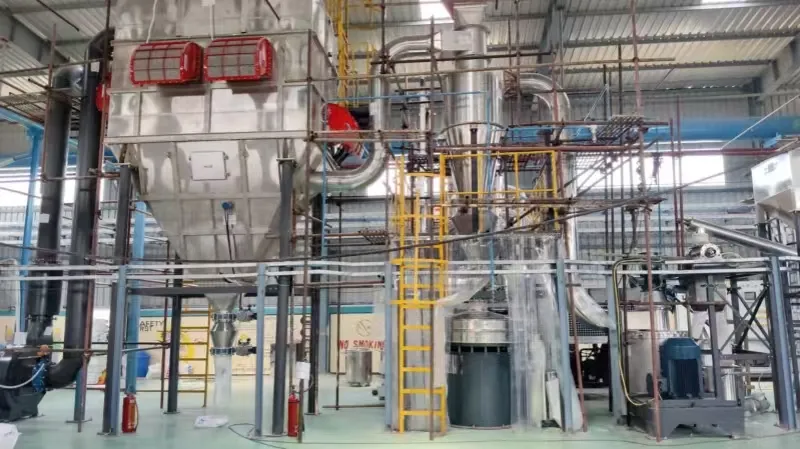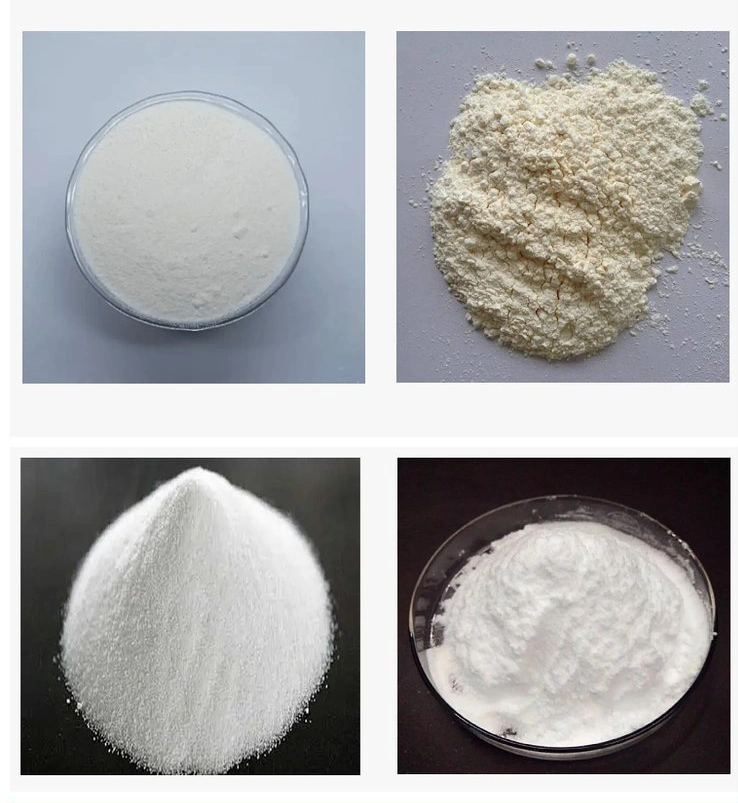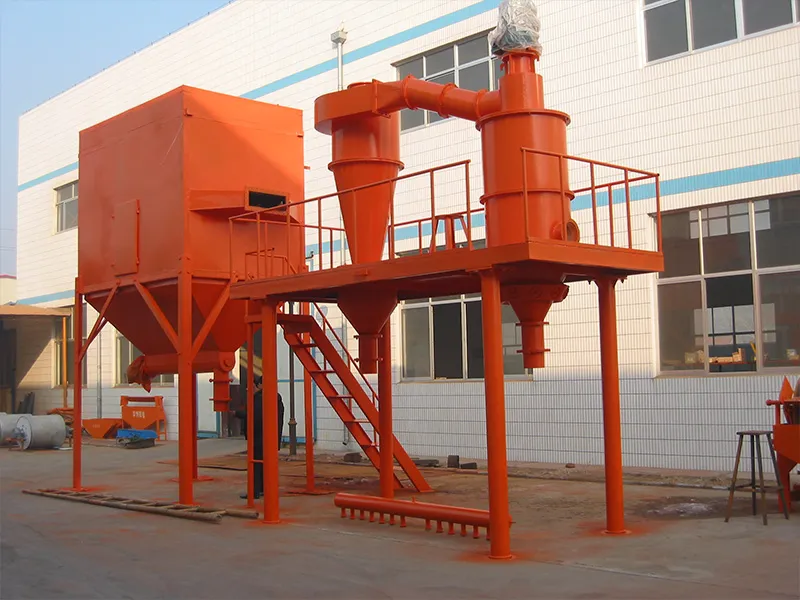Air classifiers and mineral separators are two types of separation equipment based on different principles and serving distinct industrial purposes. The core difference lies in the below facts. Air classifiers separate materials based on their physical size (particle size). Mineral separators separate materials based on their physical or chemical properties (such as density, magnetism, hydrophobicity, etc.).

Different Core Principles
The working principle of an air classifier is based on aerodynamics. It utilizes a rotating classifier wheel to generate strong centrifugal force and drag force (pulling force) created by the airflow. Particles of different sizes, densities, and shapes follow different trajectories under the influence of these two forces, thereby achieving the separation of coarse and fine particles. Coarse particles, dominated by centrifugal force, are thrown outward, while fine particles, dominated by drag force, are carried away by the airflow.
The working principle of a mineral separator is based on mineral processing technology. It leverages the differences in physical or chemical properties between target minerals and waste rock (gangue) to perform separation. Depending on the specific properties, entirely different methods are employed, such as gravity separation for density differences, magnetic separation for magnetic differences, and froth flotation for differences in surface hydrophobicity.

Different Separation Basis and Objectives
The separation basis of an air classifier is the particle size of the material. Its primary objective is “classification,” which involves precisely dividing a batch of powder with a wide particle size distribution into several narrower, more uniform particle size ranges.
The separation basis of a mineral separator is the material’s properties. Its primary objective is “sorting” or “beneficiation,” which involves separating valuable mineral components from useless gangue minerals in the ore. This process increases the ore’s grade, produces concentrates suitable for smelting, and discards tailings.
Different Materials Processed and Products
Air classifiers typically process dry powder materials, which are usually homogeneous (i.e., consistent in chemical composition), such as non-metallic mineral powders (calcium carbonate, talc), metal powders, and chemical raw materials. The products are different particle size grades, such as fine powder and coarse powder.
Mineral separators process ores, which are typically heterogeneous (i.e., composed of multiple minerals) and are often handled in the form of solid-liquid mixtures (slurries). The final products are concentrates (aggregates of high-value minerals), tailings (discarded waste rock), and sometimes middlings (requiring further processing).

Different Application Fields and Equipment Types
Air classifiers are core equipment in the field of powder technology and are commonly used in industries such as building materials, chemicals, metallurgy, food, and pharmaceuticals, where precise control of particle size is required. Common types include turbo classifiers and cyclone classifiers.
Mineral separators are core equipment in the field of mineral processing and are widely used in various metal ore (e.g., copper, iron, lead, zinc) and non-metallic ore processing plants. Their types are diverse and entirely determined by the separation principle, such as gravity separation equipment (shaking tables, jigs), flotation machines, magnetic separators, and electrostatic separators.
In summary, an air classifier is a device that sorts by size, functioning like a precise dynamic sieve. A mineral separator is a device that sorts by quality, acting like an intelligent “ore identifier.” Although both are referred to as “separators,” they belong to different industrial stages and solve fundamentally different problems.
Epic Powder
Producing high-quality powder requires precise particle size control to ensure better solubility, digestibility, and functionality. At Epic Powder, our advanced air classifier technology enables efficient and precise classification of powders, optimizing their fineness, uniformity, and purity. Discover how Epic Powder’s air classifiers can enhance your powder production—contact us today!

